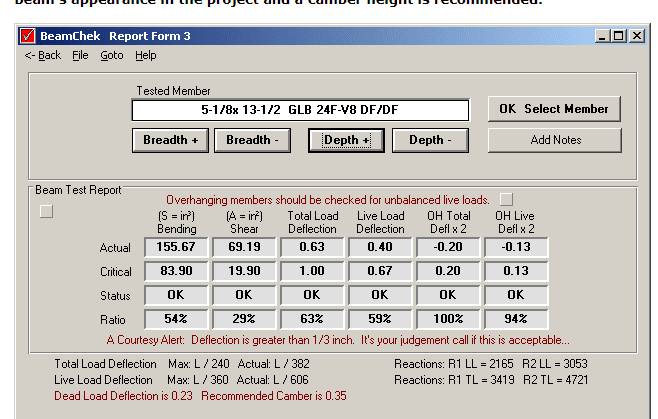jerseyshore
Structural
Came across a new one. A local registered design professional sized a EDIT: W18x175 to span 32 ft clear across a new house. The problem was they also specificed an additional camber of 1/2".
Well, guess what, they put it up and it was bad. Not sure if the 1/2" camber was in addition to any natural beam camber (I'm not camber expert,very very rarely do I specify it), but it was humped pretty badly in the middle.
Normally we get called in to reduce deflection, not increase it. They framed the 2nd and 3rd floors and that thing didn't budge. Yes not all of the dead load was on it, but even with the full 15 or 20 PSF at each floor I don't think that's going to make a difference.
Any creative thoughts on how to get this thing close to level?
Well, guess what, they put it up and it was bad. Not sure if the 1/2" camber was in addition to any natural beam camber (I'm not camber expert,very very rarely do I specify it), but it was humped pretty badly in the middle.
Normally we get called in to reduce deflection, not increase it. They framed the 2nd and 3rd floors and that thing didn't budge. Yes not all of the dead load was on it, but even with the full 15 or 20 PSF at each floor I don't think that's going to make a difference.
Any creative thoughts on how to get this thing close to level?

![[pipe] [pipe] [pipe]](/data/assets/smilies/pipe.gif)
